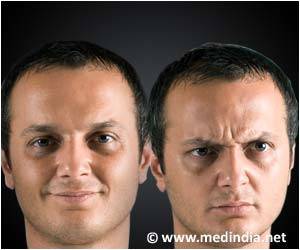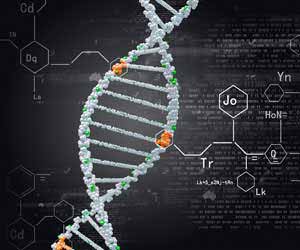Highlights
- Osteocrin gene has for long been associated with bone formation and muscle development.
- Scientists have now found that it is activated in certain regions of the brain associated with cognition, learning and memory.
- Further research on osteocrin and protein MEF2, its activator, could provide clues about neurodevelopmental disabilities.
Presence in Mammalian Brain
Osteocrin was found largely in the neocortex of the human brain, in the region that is considered to be highly evolved. This region of the brain is associated with spatial reasoning, language, sensory perception and the ability to think. The activation of the gene in this region of the brain that is involved in cognition is an indication of its role in the evolved sensory perceptions and social interactions found in humans and non-human primates.Gene Repurposing
Scientists have always been curious about the gene mechanism that is associated with humans and the difference that exists across species. This, they believe, will provide greater understanding about the mechanisms that encourage reasoning, diseases and the process of brain development.Osteocrin is found to be a case of gene repurposing where the gene responsible for bone growth and maturation, and present across mammalian species, is also responsible for cognition in humans. The gene is activated in the portion of the brain that is involved in cognition in human but is inactive in rats.
Chair of the HMS Department of Neurobiology and Nathan Marsh Pusey Professor of Neurobiology Dr. Michael Greenberg who is also the lead author said, “We have uncovered what we believe is a critical clue into the evolution of the human brain, one that gives us a glimpse into the genetic mechanisms that may account for differences in cognition between mice and humans.”
Brain Mapping
Brain cells of mice, rats and humans were analyzed using their RNA levels to understand gene expression. Chemical stimulation that mimicked sensory stimulation was carried out in the brain cells and it was found that there was activation of the osteocrin gene in certain regions of the brain. It was activated in neocortex that is associated with cognition, memory and language.Comparing with BDNF
Regions of Activation of Osteocrin in the Brain
Neocortex- There is extensive activation of the gene in this region. This region is associated with cognition, memory and language ability.Amygdala- The gene is expressed to a lower extent in this region of the brain. This region is associated with decision making, formation of memory and emotional responses.
Temporal Lobe- The gene is expressed to a lower extent in this region of the brain. This region is associated with learning, audiovisual processing and memory.
DNA Enhancers
There are certain segments of the DNA that are called enhancers that promote the activation of genes and their expression. The absence of these enhancers in mice brain could be the reason why the mice do not have activation of osteocrin in their brain.
MEF2
MEF2 is a protein that activates the enhancer of osteocrin. Previous studies have shown that mutations in MEF2 are associated with neurodevelopmental problems and intellectual disabilities.
Detailed analysis between osteocrin and MEF2 will help in understanding conditions that are associated with learning and cognition in humans. As Neurologist and co-author Dr. Gabriella Boulting, said, “Humans share many genes with rodents and as much as 90 percent of their DNA in some parts of the genome. In this case, we see how turning up the expression of the same gene in a different location may precipitate dramatic differences in the function of brain cells.”
Dr. Bulent Ataman another neurologist and co-author said, “Restricting dendritic growth is a precision-enhancing mechanism, essential to ensuring that neuronal wires don’t get crossed and compromise signal transmission from one cell to the next.
References:
- Osteocrin, a Novel Bone-specific Secreted Protein That Modulates the Osteoblast Phenotype - (http://www.jbc.org/content/278/50/50563.full)
- Genetic Repurposing - (http://newswise.com/articles/genetic-repurposing)











